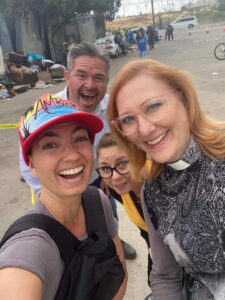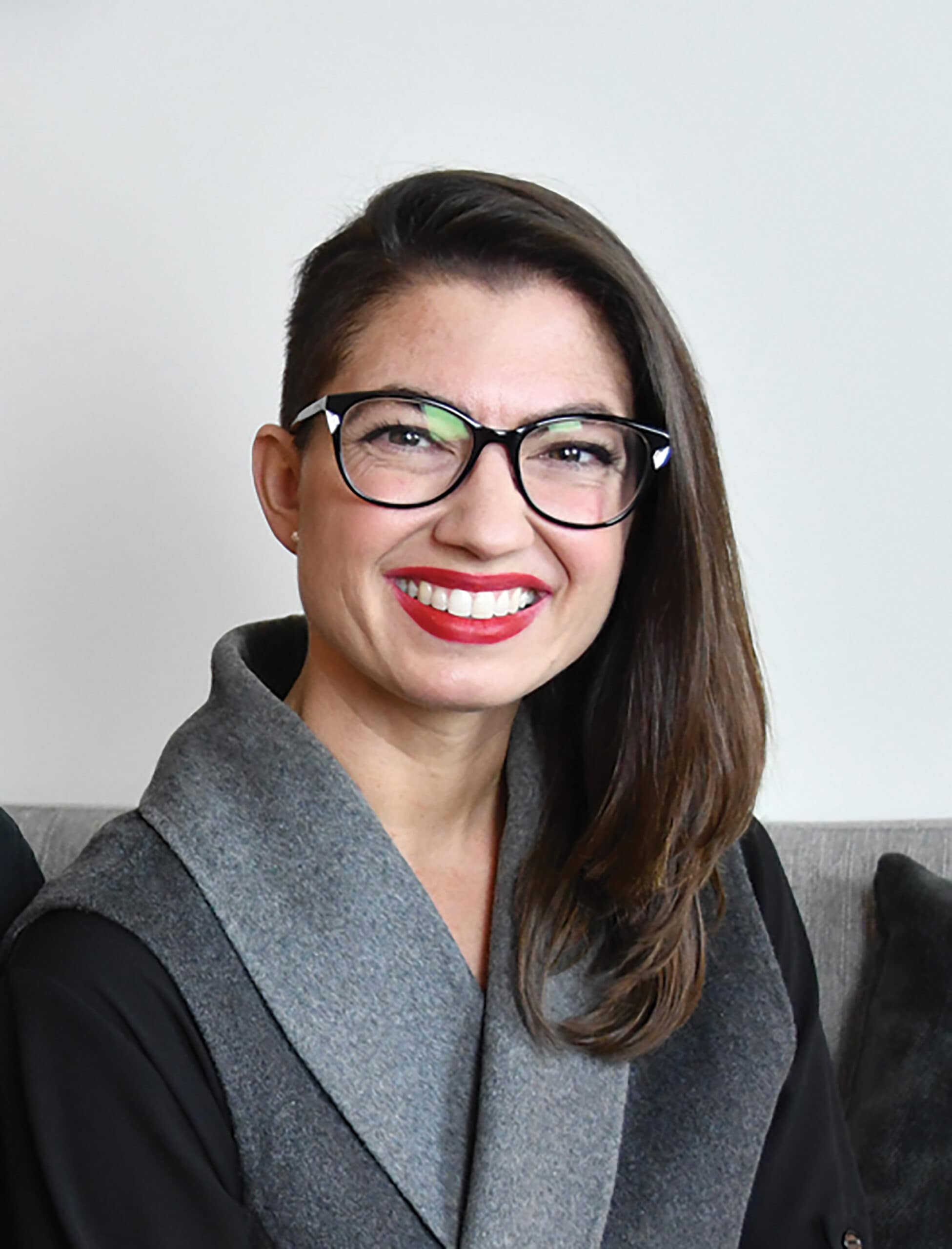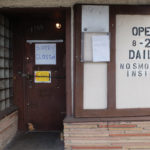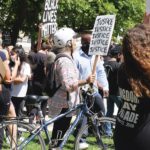This month, I’m going to chat with you about a recent community program I had the chance to experience firsthand in action and share with you what it felt like to see a community align resources to make an immediate impact.
But first, how are you doing?
The more I do this work, the more I realize that if we don’t care for ourselves, we cannot care for anyone else. If we don’t take care of the things going on in our bodies, minds, and hearts, we cannot create space for others. So, how are you doing? How are you feeling these days? What does the pace and rhythm of life seem like? Are you doing okay?
How am I feeling? Thanks for asking. I’m feeling a bit overwhelmed, but hopeful. Being a business-owning, community-advocating mother of two kids with a very large village leads to a pretty constant state of overwhelm. Don’t worry. I’m okay. It’s a pretty full and great life.
Why am I hopeful, you ask? Two weeks ago, our area – the Harbor Area – hosted two Inside Safe events.

It takes a village: The village came together to help get those sleeping in tents inside and safe. Pictured (l to r): Amber Sheikh, George Magallanes (Deputy Director, Homeless Services Coordinator for Councilman Tim McOsker), Desi Sarcona (Harbor Area Field Rep for Councilman Tim McOsker), and Pastor Lisa Williams. Click to enlarge. (photo: Amber Sheikh)
WHAT IS INSIDE SAFE?
It’s a one-day, all-hands-on-deck push to get the majority of our homeless individuals inside. Safe. Additionally, this effort tries to move people inside together, at the same location(s), so they can stay in the community of people they’ve come to rely on. Even though all the moving parts came together during an action-focused day, it really was the culmination of years of relationship building — the intense day of work truly moved at the speed of trust.
I spent most of the first day with our unhoused neighbors, incredible service providers, advocates, and city departments. Supervisor Janice Hahn and Councilmember Tim McOsker, along with their staff, were there too. And not just there for the photo opportunities. They were in it with the rest of us, having the hard conversations and doling out tight hugs.
HOW DOES INSIDE SAFE WORK?
An entire motel was available to house people that day if they chose to move in. They could bring two bags of items with them (and had the option to utilize a local navigation center to store some additional items). In exchange for their own room and bathroom (and TV, this was a point of interest), they signed off to have their encampment area cleared and cleaned by the sanitation department. They then loaded a bus to their destination — a sparse yet comfortable hotel in Wilmington. Folks will stay there until they can find more permanent housing.
One of the most significant drawbacks for a few that chose not to go: their things. To participate in this program, you can’t bring a large tent of accumulated belongings with you. Imagine someone telling you they have a nicer home for you today, but you can only bring two bags. It would be a tough decision. And I’m sure you’re thinking, “But it’s a home, and they don’t have one.” Yes and no. Humans are wonderfully adaptable creatures. We make our homes where we are. So, for many, their decision felt like it would feel to you. Two large bags, the rest is cleared (read: trashed).
HOW DID IT GO?
Over two days, we brought in 68 individuals, 13 dogs, and 12 cats. That’s incredible! Along the way, we learned some lessons regarding doing this again. When the crew left the encampment that day, there were ten tents remaining.
The optimist in me knows that these types of wins compound. This day will lead to some other wins:
1.) With 68 people off the street, our street-based outreach teams can now focus on the remaining individuals with more strategy and care.
2.) For the 40 people now located in a designated room at one of the motels together, they have maintained their social system, and their service providers can easily find them for appointments and service provision.
3.) Sixty-eight people are safer. They have three meals daily, a bathroom, a bed, and a door they can lock. They have 24/7 security. This is my favorite outcome.
Every month, we meet here, in this space, to share stories about the experiences we have in our community and how we navigate life’s challenges — ours and others. Participating in efforts like Inside Safe keeps me hopeful because I know that one day of action and solutions will lead to others.
Thanks for spending time with me this month. I’ll be back next month to share more community stories. spt







Comments